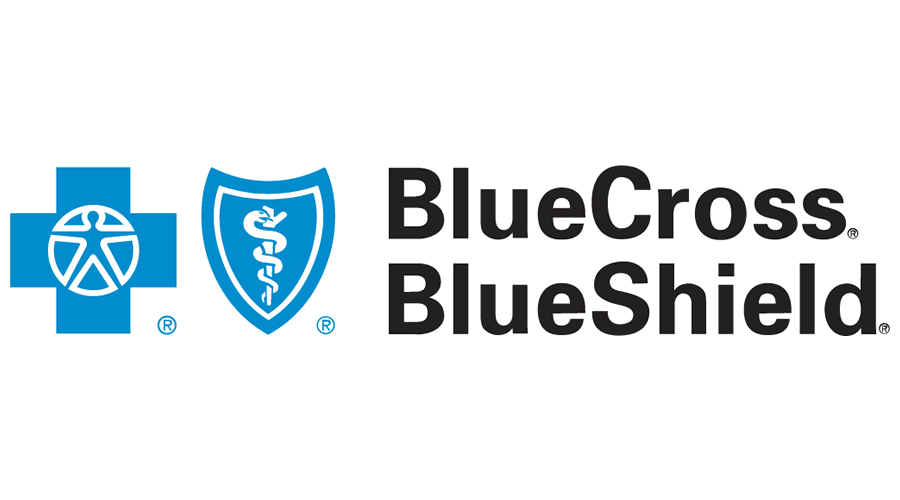Have you heard the buzz about how a procedure called cold laser therapy or red light therapy helps people heal from a variety of pain ailments and health conditions? Wondering if it’s right for you?
If you’re reading this article, you may want to know “what is cold laser therapy and how can it help you.” In this post, you’ll learn more about cold laser therapy, a low-intensity light therapy that promotes cell regeneration and helps heal the body for a wide variety of health conditions. Its other name is red light therapy.
Without further delay, here’s everything you need to know. Let’s take a look at cold laser therapy so you can decide if it’s a treatment you’d like to pursue.
What Is Cold Laser Therapy?
Cold laser therapy is an alternative therapy used by many chiropractors and other health professionals to promote healing in the body. It got its name Low-Level Laser Therapy (LLLT) due to the low-intensity laser therapy used in the procedure.
The procedure uses low levels of light to emit a low temperature to heal damaged tissue. Another reason for the name is that the levels of light are not high enough to heat the body.
This differs from other forms of laser therapy that works with the use of heat to target tumors as well as other cellular issues. During cold laser therapy treatment, the light interacts with the body’s tissue to speed up the healing process.
This therapy prescribed for chronic and acute conditions is generally used to reduce muscle spasms, swelling, inflammation, and pain as well as helping patients regain their functionality.
How Does Cold Laser Therapy Work?
When you see the hand-held device, it looks like a flashlight. During the application, clinicians hold the cold laser device directly above the target area being treated. The time the device is used can be anywhere from several seconds to several minutes.
The period of time for an application depends on the medical need and the size of the area the clinician treats. The device uses non-thermal photons of light that penetrate two to five centimeters below three layers of skin.
The light travels past the dermis, epidermis, and subcutaneous tissue layers. The red light therapy reacts with the tissue targeted and causes the damaged cells to begin to regenerate.
According to the U.S. National Library of Medicine National Institutes of Health, clinicians use wavelengths measuring 600-700 nanometers for superficial tissue. However, wavelengths between 780 to 850 nanometers can be used to penetrate tissue more deeply.
The History of Cold Laser Therapy
The first FDA-approved research study conducted on cold laser therapy was on a carpal tunnel syndrome study in 2002. The participants consisted of General Motors workers who suffered from the ailment.
The laser strength used was powered at 830 nanometers. Later, the FDA approved lower level lasers for other conditions such as wound therapy, muscle, and joint pain as well as other health conditions.
These are the most common conditions treated by cold laser or red light therapy:
- Muscle strains and spasms
- Arthritis
- Fibromyalgia
- Carpel tunnel syndrome
- Tennis elbow
- Lower back pain
- Neck pain
- Knee pain
- Tendonitis
- Ligament sprains
Dermatologists also use cold laser therapy for a wide variety of skin conditions. They include acne, edema, psoriasis, dermatitis, burns, and vitiligo.
Is Red Light Therapy Safe?
You may wonder if red light therapy is a safe procedure. And with good reason. However, the answer is yes. Red light and cold laser therapy provide a non-invasive alternative solution.
The treatment is also drug-free, which means no risk of medicine-related side effects caused by drug interactions. Red light therapy has offered exceptional healing opportunities compared to conventional methods of drug treatments.
But just as with any treatment, you need to practice safety precautions. Your medical specialist will know what to do:
- The clinician should keep the laser away from the eyes
- Pregnant women should not use red light therapy aimed at their abdomens
- If you have cancer or a tumor, never use cold laser treatment
The healthy cells in the body will absorb the light from a low-level laser. The injury can’t get worse since the light only reaches damaged cells. Some lasers (classes one, two, and three) are acceptable for home use.
However, class four lasers have the ability to damage the body when they’re not administered by a professional. That’s why they are only sold to professionals.
Even if your doctor recommends a lower class laser at home, get written documentation, and a demonstration for the best chances of a safe application.
How Do I Know If My Condition Can Be Treated With Cold Laser Therapy?
Cold laser therapy must be used for conditions cleared by the FDA. The FDA clears cold laser devices used for inflammation reduction, pain management, and healing.
Doctors prescribe red light therapy where other traditional, safe therapies are unsuccessful. Before deciding on your own, contact your doctor or chiropractor.
The Takeaway on What Is Cold Laser Therapy? Your Questions Answered
Now you know the facts and answers to the question: what is cold laser therapy. The procedure provides a safe, non-toxic solution to relieve the pain and discomfort caused by damaged tissue related to health issues.








